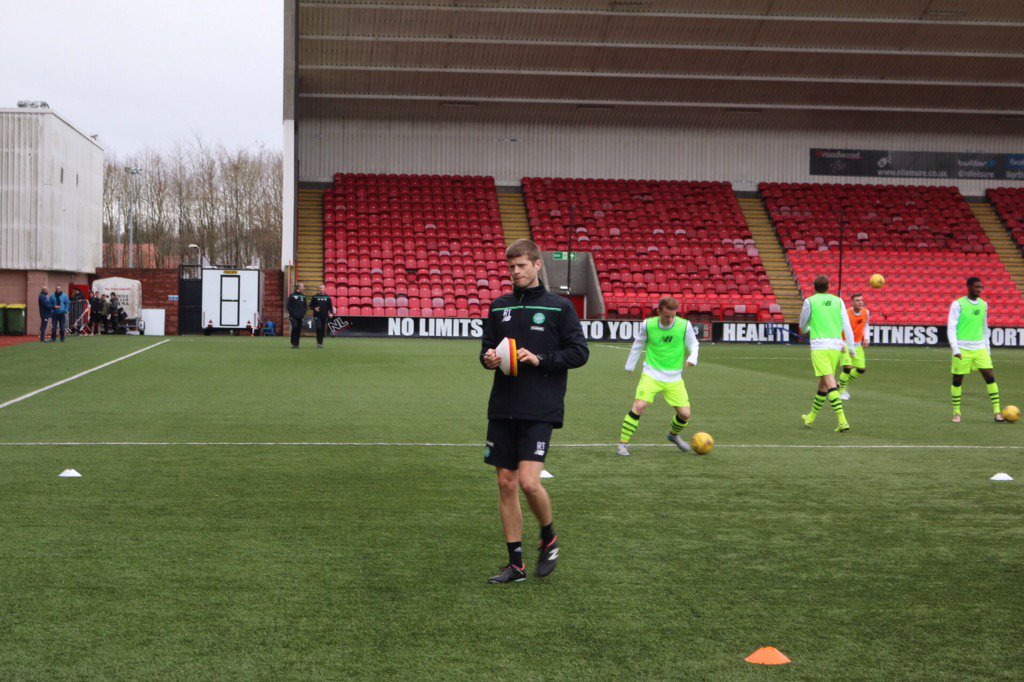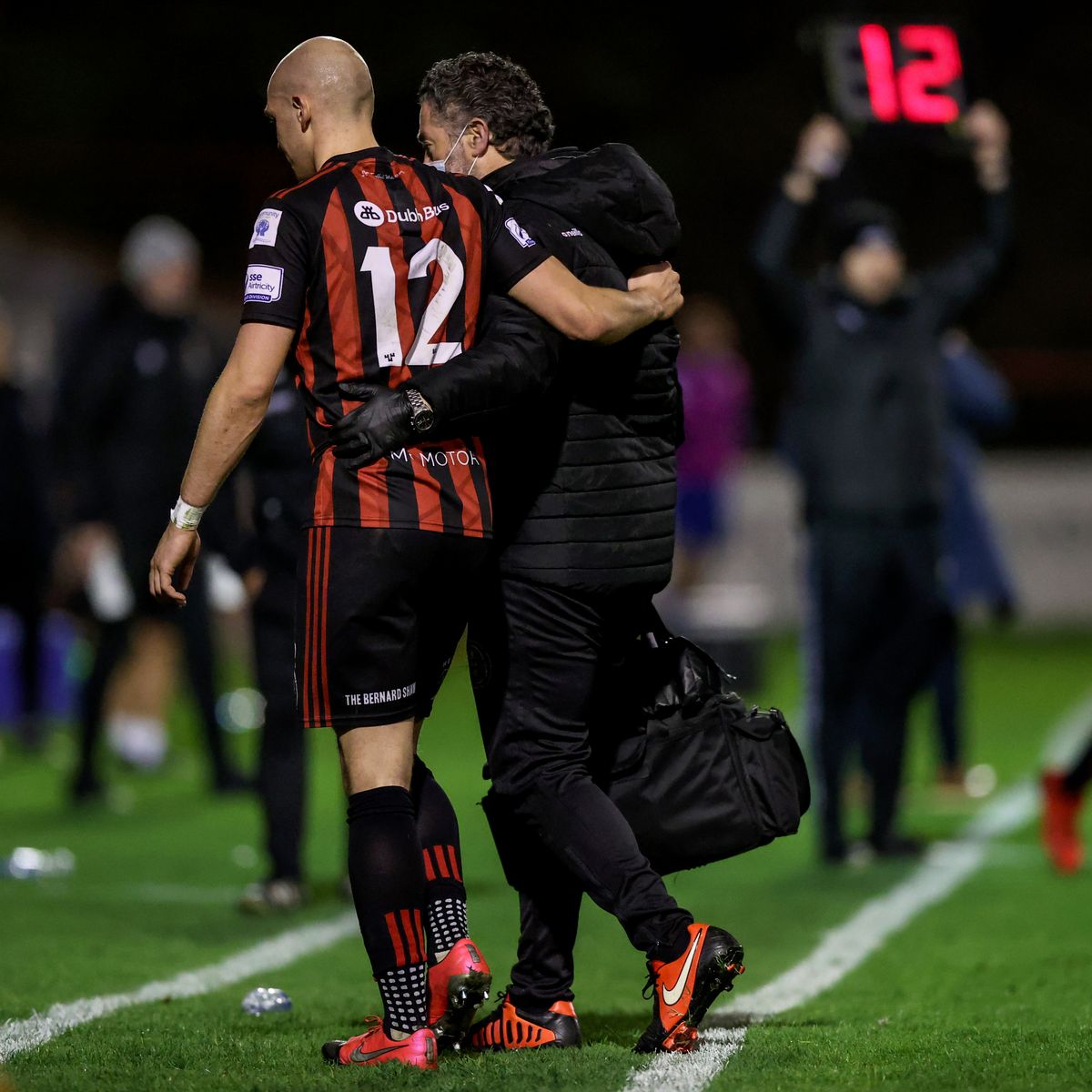Earlier this year, UEFA, the governing body of European football, published the largest and longest-running injury surveillance programme in the history of the sport.
The report had many interesting findings around injury occurrence, re-occurrence, and severity among other things, of which we will take a closer look at.
On the initial reading of the report, a question came to mind. Are we, or will we ever be, able to predict and, thus, prevent injuries?
With a focus on sports therapy and sports performance analysis at Portobello Institute, we were interested to find out.
Remy Tang has an extensive amount of experience in the world of fitness and conditioning as it pertains to the sport of football.
With a BSc in Sports Science and Health from DCU and MPhil in Applied Exercise Physiology from LJMU, Remy’s experience does not end in the academic world.
He has plied his trade with a number of sporting institutions around the world. Beginning with AFC Ajax in Amsterdam, he has also worked with rugby league team, Sydney Roosters, Liverpool FC, the governing body of football in England, The FA, Celtic FC as well as the two recent participants of the FAI Cup final St. Patrick’s Athletic and Bohemian FC, the latter of those two being his current employer, where he works as Head of Fitness & Conditioning.
We spoke with Remy about injury prediction.

Remy in action for Celtic. Credit: Scoopnest
Are Injuries Predictable?
“I think that’s a very complex thing, particularly if you look at football. You’ve got non-contact injuries and you’ve got contact injuries. Contact injuries are completely out of your control.
“Non-contact injuries in terms of preventing them, I think there are recommended strategies and protocols that people have researched to some degree that are out there that will probably facilitate a decrease in likelihood, but I think it’s difficult to say we can prevent them. I think it’s very difficult to say we can predict them," he said.
Prediction is a tricky area.
But Remy admits that prevention is something he and his contemporaries are always striving to achieve. And there’s a number of factors that go into identifying how to prevent certain injuries.
“One of the biggest go-to factors that practitioners look at in football would be previous injury. Has it occurred before? As general conditioners, we can be mindful of that and condition to hopefully reduce the likelihood of a re-occurring problem from happening.
“But really, the statistics tell us that if it’s been an old injury, the chance of that injury happening again is far greater," he said.
As well injury repetition, Remy sites fatigue and muscular imbalance as common things considered to be mitigating factors when it comes to injury. However, even if injury repetition becomes more likely, it does not make the task of prevention much easier.
“If someone has had a nasty hamstring or groin injury, by statistics and by re-occurrence, they’re more prone to getting them again. We try to, based on literature and our own strength and conditioning experience, put things in place to try and help prevent that.
“What the statistics show is that we don’t get that much of a say in it. If a player is out-performing for 90 minutes or more, we don’t have much control over how much or how little they do.
“You can condition someone to what you consider to be a high level, but if they pass that threshold in a game, things can still go wrong. That can look different all the time. It’s different in every situation," he explained.

Georgie Kelly limps off for Bohemian FC. Credit: Irish Mirror.
Technology and Injuries in Sport
A massive part of Remy’s job with Bohemian FC revolves around collecting data from each player that goes into their own programme for making sure they are performing at the highest level.
“We’re individuals, we have our own things going on. We’re made a certain way, we’re all different.
“You have to get a gauge on a daily basis, a weekly basis etc. on where our players are at. Readiness to train and play is quite a popular thing in trying to reduce the likelihood of injury.
“That includes daily questionnaires asking things like how they feel and sleep etc. Musculoskeletal screening, which includes things like mobility and strength monitoring. There’s neuromuscular fatigue looking at your ability to produce force. Heart rate monitoring such as measuring heart rate variability and resting heart rate. Sleep monitoring. Hydration status etc.
"If you want to get glamorous you can look at blood markers, saliva markers. There’s a load of things that can be collected before training that can facilitate decision making on a particular training day.
“Other things that get done in the gym is measuring strength and power, identifying weaknesses and imbalances in muscles that are prone to injury in the sport. There’s GPS for matchday tracking. Video analysis too.
“There’s a lot of data that comes together to hopefully create an injury prevention programme," he said.
In his opinion, it is not enough to simply collect the data and have it show you something.
“The flip side and I want to stress this, is that even though you may have all this data, you really need to consider what and how you’re using it in your decision-making process.
“Is the data reliable? Is it valid for what you think it is? Is it showing what you hope it is? It’s a mindful and consistent way of working that allows you to be proactive," he said.
And for Remy, a conversation with a player can in some cases be more valuable in getting to the root cause of a problem.
“I think it’s really important to have conversations with the players. They come in and you say you’re a bit concerned about them and ask them how they feel.
“Then also asking the coach how they feel the player has looked in training. The more angles you get can be better instead of the more data you get," he said.
It’s a difficult process trying to develop certain protocols for injury prevention. And the challenge doesn’t stop at data and numbers.
Remy emphasises the individuality of each and every player he works with and what they can manage in terms of physical output. And while the work he and his team put into strength and conditioning is designed to try and obtain optimum performance, there is always a balance that needs to be struck.
“I think we’re always looking to do two things in this space. Reduce the likelihood of injury and enhance performance. Abolish injury altogether in a perfect world.
“But do we ever make it detrimental to them? That’s a really good question.
“When you get a player, you try to overload them, which means that you’re trying to condition them to tolerate something. Sometimes you push too hard, sometimes you don’t push enough. It’s not concrete," he added.
UEFA Report
With regards to the UEFA report mentioned at the start of this piece, in Remy’s 16 years in the professional world of strength and conditioning, he has seen a lot of injuries.
The results found in injury frequency and severity in the report, and how they have changed in that time, he says, probably fall into line with what his own experience has been.
“It showed that injury in training and games has reduced in that time. It’s shown that player availability has gone up as well.
“In terms of the severity of the injuries, they said on average in that time there’s been a 5% improvement yearly on ligament injuries. That includes common major ones such as ACL. There’s been a yearly 5% decrease in training injury and a 4% decrease in matchday injury occurrence.
“But I believe the study showed that muscle injuries, pulls, tears etc. have pretty much stayed the same throughout. Although the more serious injuries such as ligaments are happening less often, less severe injuries will continue to happen.
“As much as we want to eradicate them, you’re always going to get them to some degree.
“People will say you shouldn’t get a soft tissue injury. But if you’re pushing boundaries and you’re trying to find a performance edge better than everyone else, you’re going to run into that grey area.
“Sometimes these things happen. As much as we don’t want them and try to avoid them, we’re going to continue to get them. To prevent them and certainly to predict them is going to be very challenging," he said.
Will we Ever be Able to Predict Certain Injuries?
“The problem you have with that can be approached from two angles. One way is, Bohs as I said have a squad of 25 or 26 players, let’s say we get a hamstring injury. We look at all the metrics that we collect that might show something. Like a peak in something or an abnormality that might be related. If you’re looking at statistics, you’re going to look for a potential correlation of some sort etc.
“The problem you have is to identify the potential factors responsible and the metrics that may be indicative, you need that injury to occur more than once to the same player. You probably need it to have occurred at least several times. Then you need all the pieces of information you’ve collected to be quite big. To have any realistic chance you need a large data set.
“That’s really difficult, particularly in the League of Ireland when there’s such high player turnover. If you’re looking at average duration it might be 3-4 years, in many cases less. You typically (hopefully) don’t get a lot of the same injuries in that time.
“The other angle is, although we can collect all this information, putting aside validity and reliability of the data, we get very hung up on what we can measure. I get very excited about what we can measure.
“But I also need to acknowledge what I can’t measure and can’t control. We sometimes struggle to consider that when making our interpretations. We sometimes struggle to acknowledge that there’s more we can’t measure than can measure.
“For that reason, a basic injury as a non-contact thigh strain, it’s going to be very hard to predict, unless you’ve done something very obviously out of the ordinary.
“Hindsight is a great thing. Protocols have improved, what we do with footballers on the training ground have improved. It probably will get better.
“But to say with certainty that we can prevent certain types of injuries for certain individuals, you won’t hear me make that call.
“It’s a no from me," he concluded.
Portobello offers a BSc in Sports Therapy as well as a BSc and an MSc in Sports Performance Analysis where work like Remy's is covered. You can find out more information about them here.





